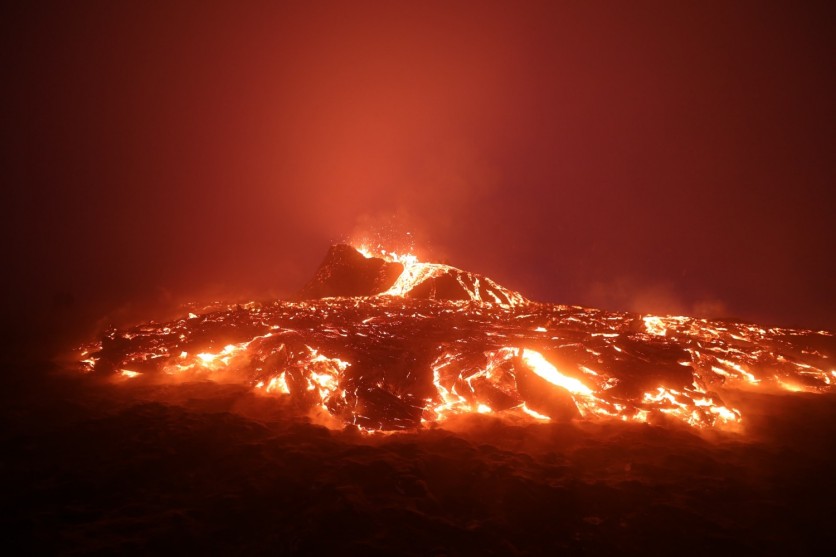Mount Edgecumbe is regarded as a dormant volcano, one that researchers see to have no activities for a long time, but it changes the narrative now with recent observations regarding its Magma rising through the Earth's crust. The Southeast Alaska volcano recently showed signs of volcanic activity, and it is one of the fastest rates of volcanic deformation in the region.
The Alaska Volcano Observatory helped discover this happening using its satellites that observe the land formations, with the recent activity causing earthquakes and surface deformation.
Mt. Edgecumbe's Magma is Rising to the Surface, Previously Dormant

The research published in Geophysical Letters' journal entitled "Return From Dormancy: Rapid Inflation and Seismic Unrest Driven by Transcrustal Magma Transfer at Mt. Edgecumbe (L'úx Shaa) Volcano, Alaska" centers on the activity on an Alaskan volcano long thought to be dormant.
While there are many possibilities for a dormant volcano to show activity or erupt again, it is highly unlikely, which is what this research found out.
The team behind this discovery used an innovative method to study Mount Edgecumbe, using computer modeling based on the data from its satellite, with help from the Alaska Volcano Observatory.
Innovative Volcanic Observatory Method Helped Discover It
According to SciTechDaily, the team also worked with the Alaska Satellite Facility to analyze the cloud data in the area, centering on its return to its volcanic activities after lying dormant for a long time. The researchers used as much data from the observatories and their tools to help learn more about these activities, one of which brings magma and other natural catastrophes.
Volcanoes and Their Study in the World
Volcanoes are known as the pathway for magma to flow or erupt, with its endproduct, lava, releasing to the surface and exhibiting extremely hot and molten magma. While volcanoes seem like mountains on the exterior, it is more than a massive formation of land on the surface, as it remains as the gate for magma to arrive on the surface.
Despite seeing less activity from volcanoes in the modern world, it is still a center of study as it connects life and natural calamities more than one may perceive.
Several research use volcanoes as simulations for extraterrestrial missions, with one application centering on the future of drones and rovers on the neighboring planet, Mars. Such testing and simulation center on Italy's active volcano, Mt. Etna in Sicily.
Additionally, there are studies behind a volcano's formation, centering on these rock giants to form underneath the oceans, and produce distinct audio heard all over the planet.
Volcanoes are highly related to earthquakes too, as the activity underneath it, centering on the Earth's core which has the magma helping it spin has a direct connection to the enormous mountains with holes. The recent Alaskan volcanic activity saw it early, giving researchers time to study what is happening underneath, and learn more about a dormant volcano's active return.
Related Article : Highest Volcanic Plume Recorded by Satellites; Here's What Oxford University Scientists Reveal
This article is owned by TechTimes
Written by Isaiah Richard

![Apple Watch Series 10 [GPS 42mm]](https://d.techtimes.com/en/full/453899/apple-watch-series-10-gps-42mm.jpg?w=184&h=103&f=9fb3c2ea2db928c663d1d2eadbcb3e52)


